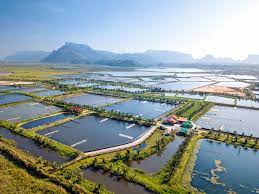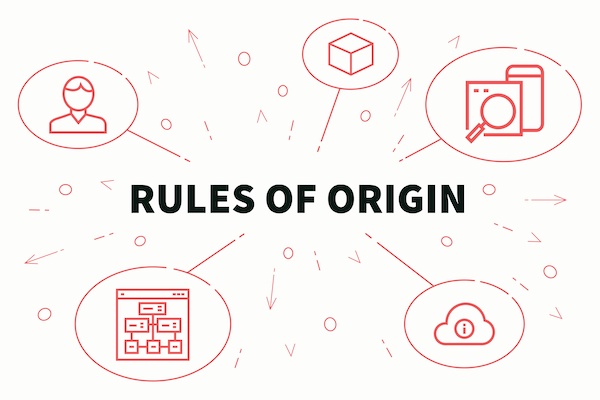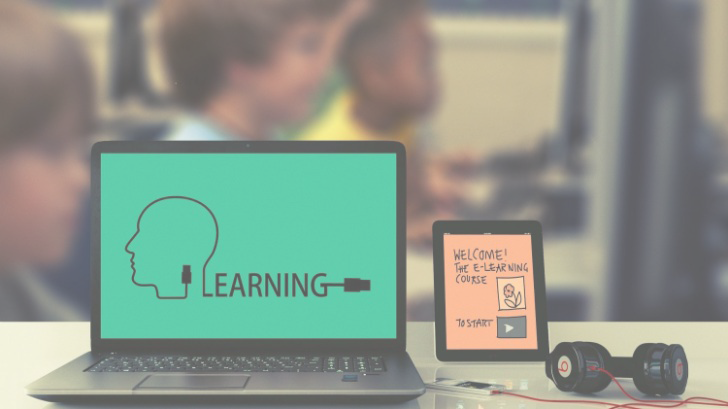The purpose of the course is to reinforce knowledge on administration and application of the rules of origin of the
EU-
ESA interim Economic Partnership Agreement (
iEPA), as well as on the main provisions of the Agreement related to the obtention of preferential access to the
EU market.
By the end of this course, the participant will be aware of the rationale and purpose of rules of origin and the main criteria for determination of the 'Country of Origin' both within the non-preferential and preferential origin, on the regulation in Seychelles governing non-preferential origin, the principles and main characteristics of EPAs with their main rules, the criteria for the determination of origin in the
EU-
ESA iEPA, with the main provisions of the Agreement, the Product Specific Rules (PSR), derogations and the tolerance rule, the Registered Exporters (
REX) system, procedures for issuance of proofs of origin (EUR.1 certificates and invoice declarations) and cumulation schemes within the
EU-
ESA iEPA.


















